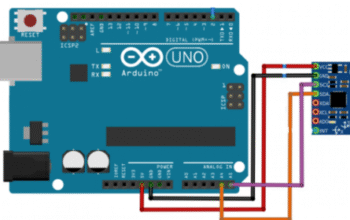What is AI?
AI is a subset of man-made reasoning (simulated intelligence) where PCs figure out how to perform errands without being expressly modified. It includes preparing calculations to perceive designs in information, work on their exhibition over the long haul, and go with choices in view of new, concealed information. Not at all like conventional programming, ML frameworks adjust by distinguishing experiences from enormous volumes of information.
What are the various kinds of AI?
There are three principal kinds of AI:
Managed learning: The calculation is prepared on named information, meaning it knows the right result for each information. Models incorporate picture arrangement or email spam recognition.
Solo learning: The calculation is given unlabeled information and should find examples or groupings all alone. Models incorporate bunching or market bushel examination.
Support learning: The calculation advances by communicating with its current circumstance and getting prizes or punishments for moves initiated. It’s utilized in applications like mechanical technology and game man-made intelligence.
What is the contrast among preparing and testing in AI?
In ML, the preparation set is the information used to prepare the calculation, helping it learn and perceive designs. The testing set is utilized to assess the model’s presentation subsequent to preparing. The motivation behind testing is to check the way in which well the model sums up to new, concealed information. This division guarantees that the model doesn’t “overfit” to the preparation information and can deal with new situations successfully.
How really do AI calculations work on over the long run?
AI calculations further develop through processes like model preparation and enhancement. As the model is presented to additional information, it changes its interior boundaries (loads) to limit blunders or augment precision. Over the long run, calculations pursue better expectations or choices in light of new data sources. Model assessment procedures like cross-approval are utilized to refine execution persistently.
What is the significance of information in AI?
Information is the center of AI. The quality, amount, and variety of information decide how well a model can learn and perform. AI calculations depend on huge datasets to recognize examples and make expectations. Poor or one-sided information can prompt wrong models, while well-arranged, clean, and delegate information prompts better direction and execution from the calculation.




